Types of non-Destructive testing:
Visual and measurement testing is the most practical type of NDT methods. If only because it does not require special equipment, it only involves the use of simple and inexpensive tools. However, in the vast majority of cases, it is quite informative and allows you to identify a wide variety of defects.
Visual and measuring control is carried Out in several main stages: external inspection of the weld, detection of defects and corrosion processes measurement of the width, cathet, and thickness of the seam, for which it is enough to use simple tools instrumental control, which is a more in-depth study
It is checked according to GOST 3242-79, GOST R ISO 17637-2014.
Capillary control (penetrating substances, leak detection) is one of the most sensitive methods of flaw detection. Based on the penetration of contrast agents (penetrants) into the surface layers of the object under study, it allows you to detect the slightest irregularities, roughness and cracks in them.
Capillary methods detect surface and end-to-end micro defects that are not available for visual inspection. Their use makes it possible to track objects of all sizes and shapes made of a wide variety of materials, including ferrous and non-ferrous metals, glass, ceramics and plastic.
Checked according to GOST 18442-80.
Magnetic powder is the most common and popular method. Characterized by ease of use, high sensitivity and versatility, it is used to detect surface deformations and deformations located at a depth of up to 2 mm using a magnetic powder as an indicator
Checked according to GOST 21105-87.
Ultrasonic control – Sound waves are characterized by the invariance of their trajectory in a homogeneous material. Their reflection indicates the presence of media whose specific acoustic resistances differ from each other. The UZK method involves the emission of acoustic vibrations into the object to be checked in order to accept their reflection by a special flaw detector with a piezoelectric Converter. Analysis of the obtained data allows us to identify deviations and determine their key parameters (dimensions, depth, shape) by the amplitude of the reflected sound waves.
Checked according to GOST 14782-86.
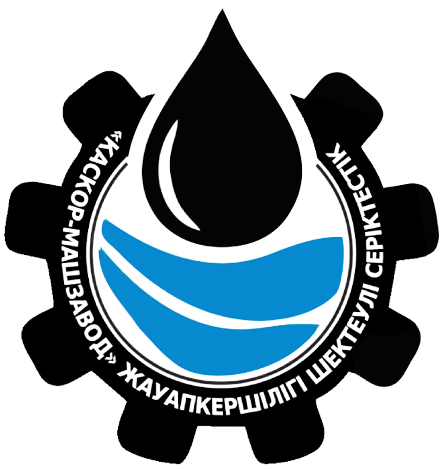
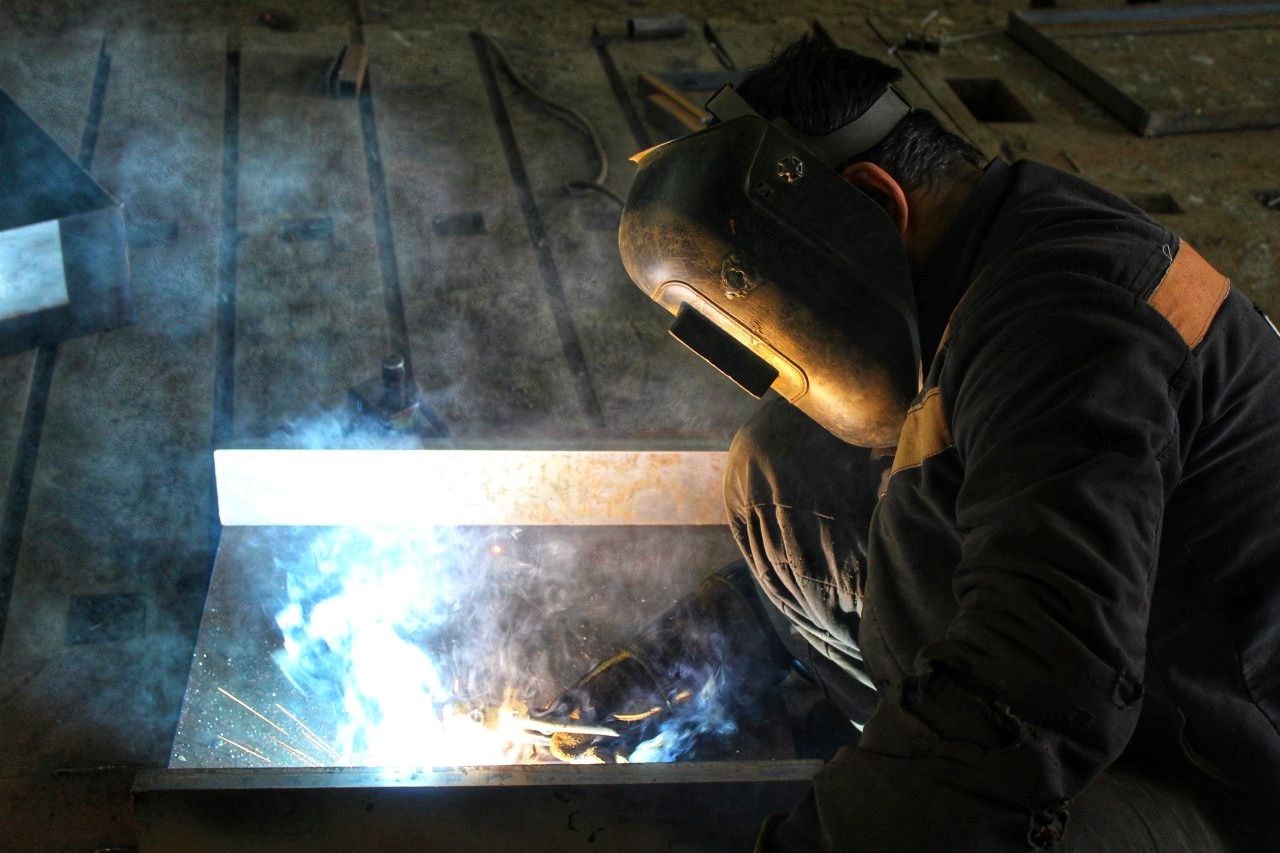
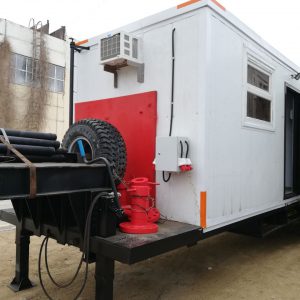
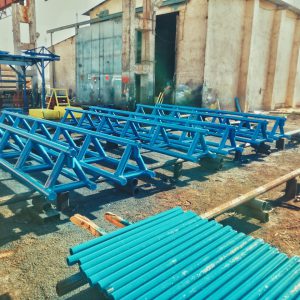
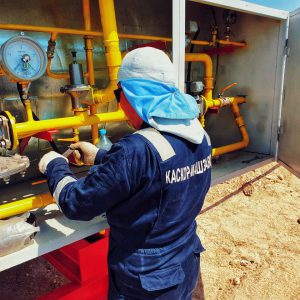


Reviews
There are no reviews yet.